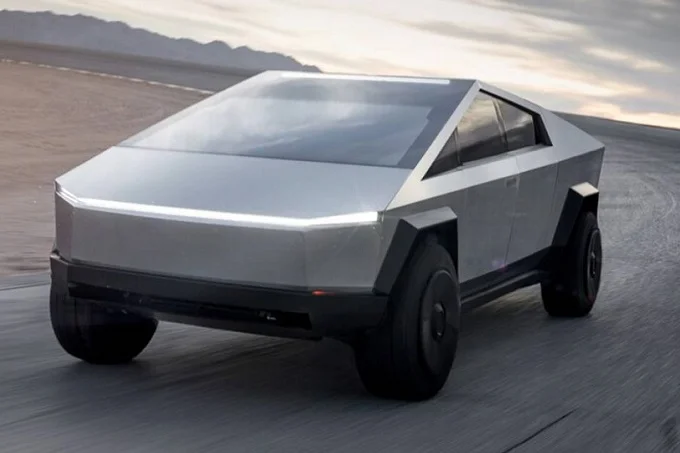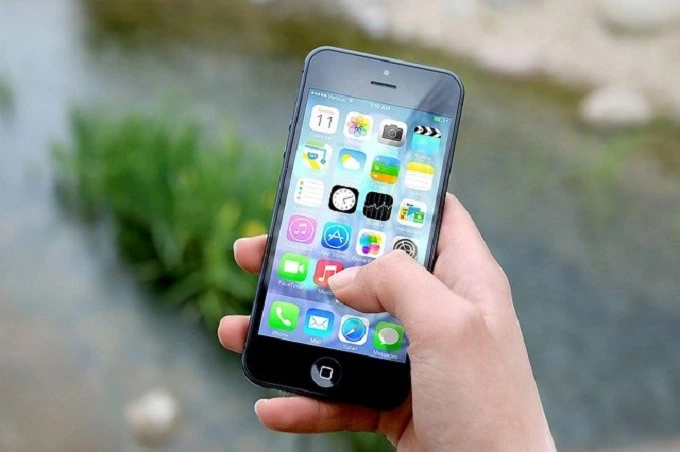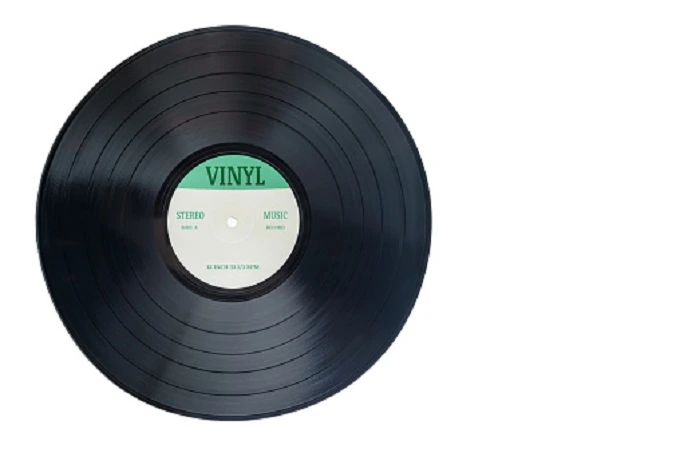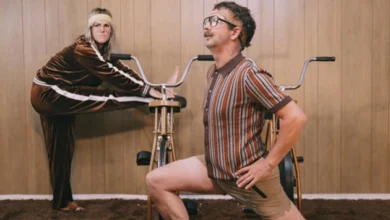How life has changed since 2000

Technological progress is inevitable and always moving forward, changing the world beyond recognition. Not so long ago, we were surprised by glowing outdoor advertising, but today touch screens are everywhere, which we have seen in fantasy movies. Living in a familiar rhythm, a person does not notice the current changes because everything happens smoothly, naturally, and consistently for him. However, if you stop and sharply turn around in the past, you can notice the most incredible transformations in just 15-20 years.
You’re now online more often than offline

Twenty years ago, for residents of small towns, the Internet remained something mythical. Everyone had heard of it, but only a select few had the opportunity to go online. It was quite expensive, and the Internet itself was in a half-empty state. We were sitting in our favorite chat rooms, registering at the first dating sites, corresponding by mail, etc.
By the middle of the noughties, there was a relatively affordable mobile Internet, but it also required an appropriate phone with Java support. On the screens of the first smartphones, the sites were displayed as they had to be; most of even the simplest functions remained inaccessible. Today your phone almost always has several tabs open and is necessarily connected to the Internet.
Photo albums moved to the clouds
Modern man takes so many pictures every year that there are not enough albums. You would need to allocate a whole room for storage and not enough money for printing. So we abandoned the physical form and moved our memories to cloud storage. They are convenient because they are always at hand and free to a certain extent. They can always be expanded by purchasing a paid subscription or registering an additional account. The main thing is to have backups in other storage or on your hard drive.
Electric cars have become the norm

Not long ago, electric cars were in their infancy; they seemed to exist but remained with many enthusiasts. Their appearance usually caused bewilderment or a mocking smile; certainly, no one dreamed of owning such a car. Today, electric cars are still in the minority, but they have firmly occupied their niche, actively expanding their presence on the streets of all cities. They are no longer some wagons wrapped with solar panels and batteries but quite competitive products with all the characteristics available to a wide enough masses.
Many modern smartphones are more powerful than any computer from 2000

At the beginning of the noughties, a Pentium III clocked at 800 MHz seemed like something unbelievable. Add a little more RAM, and you have 128 megabytes! This set would probably last a lifetime, at least for Counter-Strike. Of course, there were desktop computers, and more powerful; however, the first dual-core processors appeared only in the second half of the 2000s. Your smartphone has at least four cores, although, most likely, 8 already, each running at a frequency of 2 MHz.
Selfies were invented
The first written use of the word “selfie” dates back to 2002, when the first social networks became popular. For a while, selfies had a reputation for bad taste and narcissism. Though dozens of memes and comedy stories were created on the subject, phones with good front-facing cameras soon began to appear. Then every owner of a modern smartphone wanted to take a picture of himself in front of something remarkable. It turned out that it’s not only convenient but also not embarrassing at all. Today, probably everyone has a few selfies, although until recently, such photos were unavailable to most people.
Vinyl records have become more popular than CDs

Despite its obvious technological backwardness, vinyl has always remained valuable and revered. Collectors collected records during the boom of audiocassettes; nothing has changed with the advent of the CD and later the DVD format. Something is appealing about black vinyl, something magical about bulky boxes that must be stored with care. Today, audiocassettes and CDs have disappeared from the cultural agenda, while vinyl records remain as popular as ever. They have outlived several generations of media and seem to stay with us forever, becoming only more expensive.
Most of your “friends” are virtual
All of us as children had a company of close friends, followed by a circle of acquaintances or secondary friends, with whom you can also communicate or exchange something, though not as often. Nevertheless, their total number hardly exceeded 10-15 people; we knew their addresses and could always find them, even without a phone. Otherwise, we would not have become friends.
Opening a personal page on social networks today, you can see a list of dozens, more often hundreds or even thousands of so-called “friends.” With some of them, we communicate, but about the life of most of them, we know nothing at all. This is one very telling example of how much the virtual world differs from the real world and how different the meaning and value of the same concept can be.
Mandatory and complete searches at train stations

Recently, even when boarding a plane, no one was inspected, or they did it formally for the sake of appearances. Today, any bus station has a door with a metal detector, a cargo inspection compartment and several police officers. We put everything out of our pockets, put things on the luggage belt and go through. Such control measures became widespread in the early 2000s due to the 9/11 tragedy and the global war on terror ensuing.




